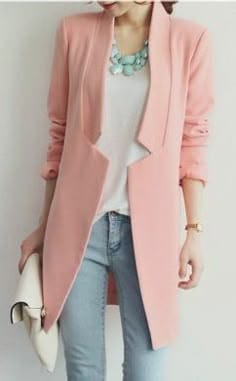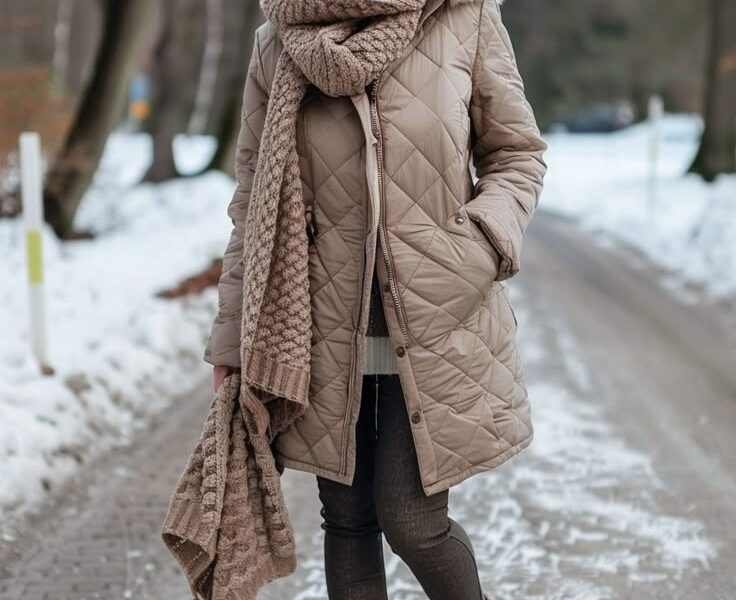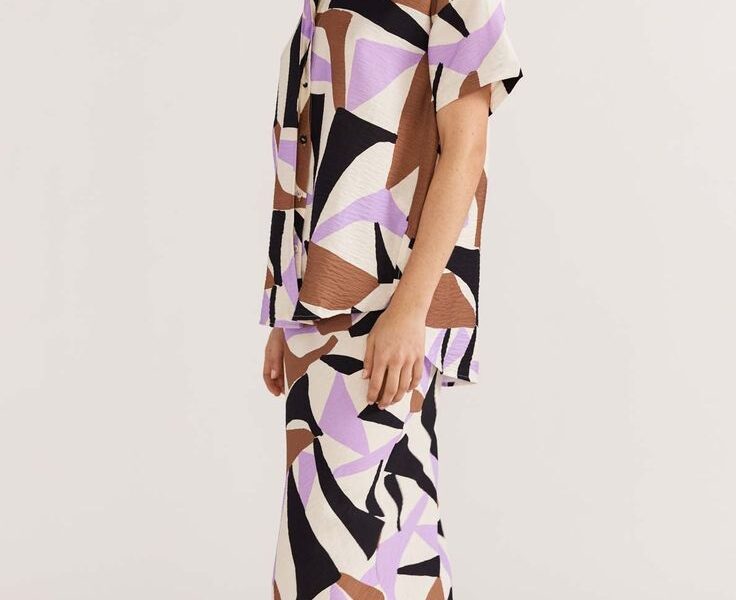Cotan outfit fashion represents a fascinating blend of traditional artistry and modern sensibility. Known for its elegance, comfort, and craftsmanship, Cotan outfits have earned a distinct place in the fashion landscape. The defining characteristics of these outfits lie in their detailed textures, cultural motifs, and the thoughtful use of fabrics that complement both casual and formal occasions. What makes Cotan fashion truly unique is its ability to balance sophistication with wearability. Each piece tells a story of heritage, often rooted in local textile practices that have evolved through generations.
Cotan outfits are designed to emphasize both comfort and aesthetic appeal. They are typically made from natural or semi-natural materials that allow breathability, making them ideal for a variety of climates. The silhouette of these garments is often fluid, providing freedom of movement while maintaining a refined look. Neutral and earthy tones are a hallmark of Cotan fashion, symbolizing its close connection to nature and traditional dyeing methods.
Another key feature of Cotan outfits is the meticulous attention to detail. Whether through hand embroidery, intricate stitching, or carefully layered fabrics, every aspect is curated to express individuality and craftsmanship. These garments often integrate regional embroidery patterns and artisanal weaving methods, which add depth and texture. Cotan fashion has gained popularity not just as traditional wear but also as a modern-day fashion statement, appreciated for its versatility and timeless elegance. The key characteristics—authentic fabrics, detailed craftsmanship, and an earthy yet stylish appeal—make Cotan outfits a perfect representation of heritage meeting modern fashion sensibility.
Fabric and Material Choices
Fabric selection is the foundation of Cotan outfit fashion, reflecting the philosophy of comfort, durability, and authenticity. The fabrics used are often organic, sourced ethically, and designed to enhance both function and beauty. Common materials include cotton, linen, silk blends, and handwoven textiles that highlight natural textures and patterns. These fabrics not only feel soft against the skin but also regulate temperature, making Cotan outfits suitable for both warm and cool climates.
One of the remarkable aspects of Cotan fabric choices is their sustainability. Many designers focus on eco-friendly production methods, using natural dyes derived from plants, minerals, or herbs. This approach not only preserves the environment but also adds a rich, earthy tone to the clothing that synthetic dyes cannot replicate. The emphasis on handcrafted textiles ensures each piece is unique, as minor variations in weaving or dyeing give it a distinct personality.
Texture plays a crucial role as well. Cotan fabrics often feature slightly uneven weaves or patterns that enhance their artisanal appeal. Designers also mix traditional materials with modern synthetics to achieve improved durability while retaining softness and breathability. This thoughtful blend allows Cotan outfits to remain timeless while adapting to contemporary fashion needs.
Overall, the fabric and material choices of Cotan outfits embody the spirit of mindful fashion—where every thread is purposeful, and every texture tells a story. The natural comfort and sustainable origin of these fabrics make Cotan clothing not only a style statement but also an environmentally conscious choice.
Design Elements and Craftsmanship
Cotan outfits are a celebration of artistry, where design and craftsmanship merge seamlessly. Each piece is crafted with attention to detail, emphasizing fine workmanship and cultural aesthetics. Traditional hand-stitching, embroidery, and unique draping techniques form the backbone of Cotan design. The goal is not just to create clothing but to preserve an artistic tradition that values patience and skill.
One of the standout design elements of Cotan fashion is the use of minimalism with a purpose. While the designs often appear simple at first glance, a closer look reveals layered complexity—intricate threadwork, subtle color gradients, and handcrafted finishes. Designers frequently draw inspiration from nature, geometry, and local heritage to infuse symbolic meaning into each motif.
Craftsmanship in Cotan outfits extends beyond embroidery. Techniques such as block printing, hand painting, and traditional weaving are also common, making each piece a labor of love. Skilled artisans spend hours perfecting the details, ensuring precision and beauty in every stitch. The finishing touches—like hand-tied tassels, natural buttons, or bead embellishments—enhance the charm of the attire without overwhelming its elegance.
Modern Cotan designers are also experimenting with fusions—integrating contemporary cuts and silhouettes while preserving traditional detailing. This has made Cotan outfits appealing to younger generations who appreciate a blend of old-world charm and modern style. The craftsmanship involved not only elevates the garment’s aesthetic value but also supports local artisans and keeps cultural heritage alive. In essence, the design elements and craftsmanship of Cotan outfits define their identity—timeless, artistic, and rooted in authenticity.



Nice